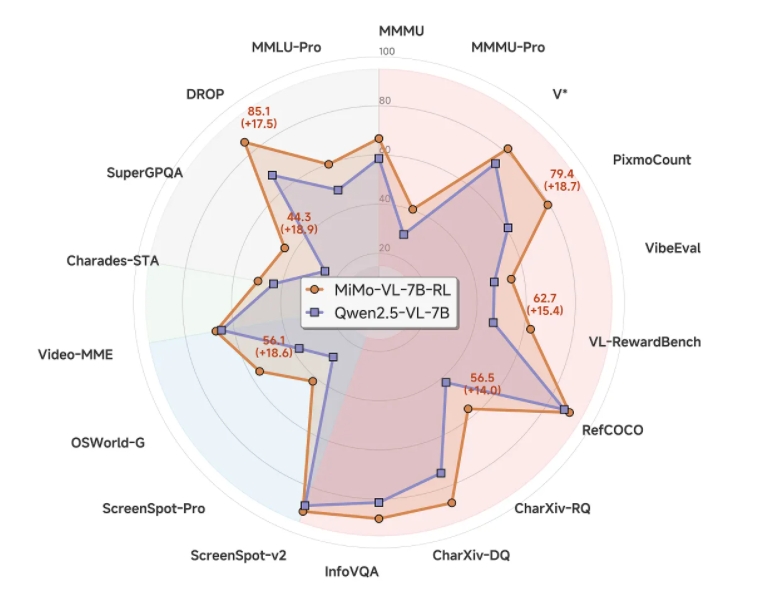Xiaomi's MiMo-VL Outperforms Rivals in Multimodal AI
Xiaomi has unveiled its latest breakthrough in artificial intelligence with the open-source release of MiMo-VL, a multimodal model that's setting new standards in visual-language understanding. Building on the foundation of its predecessor MiMo-7B, this innovative system combines text, image, video, and graphical interface processing in ways that challenge even specialized models.

What makes MiMo-VL particularly impressive is its compact size relative to its capabilities. With just 7 billion parameters, it outperforms Alibaba's Qwen-2.5-VL-72B (with 10 times more parameters) on demanding benchmarks like OlympiadBench and MathVision. In internal testing against real-world user scenarios, Xiaomi's creation even surpassed OpenAI's GPT-4o - a remarkable achievement for an open-source model.
The secret lies in Xiaomi's innovative training approach. The company processed 2.4 trillion tokens of high-quality multimodal data during pre-training, carefully balancing different data types at various stages. Their hybrid online reinforcement learning algorithm (MORL) combines multiple feedback signals to refine the model's reasoning and perception abilities continuously.
Practical applications demonstrate MiMo-VL's versatility. From complex image analysis to multi-step GUI operations - like helping users add Xiaomi SU7 electric vehicles to wishlists - the model shows potential to transform how we interact with technology. Its strong performance in GUI Grounding tasks suggests particular promise for future AI assistant applications.
Developers can now access MiMo-VL through Hugging Face, marking another significant contribution from Xiaomi to the open-source AI community.
Key Points
- MiMo-VL outperforms larger models including Alibaba's 72B parameter systems and GPT-4o in specific benchmarks
- The model excels at multimodal reasoning with only 7 billion parameters through innovative training techniques
- Xiaomi used 2.4 trillion tokens of carefully balanced data and hybrid reinforcement learning
- Practical applications range from image analysis to complex GUI operations
- Now available as open-source on Hugging Face for developer access